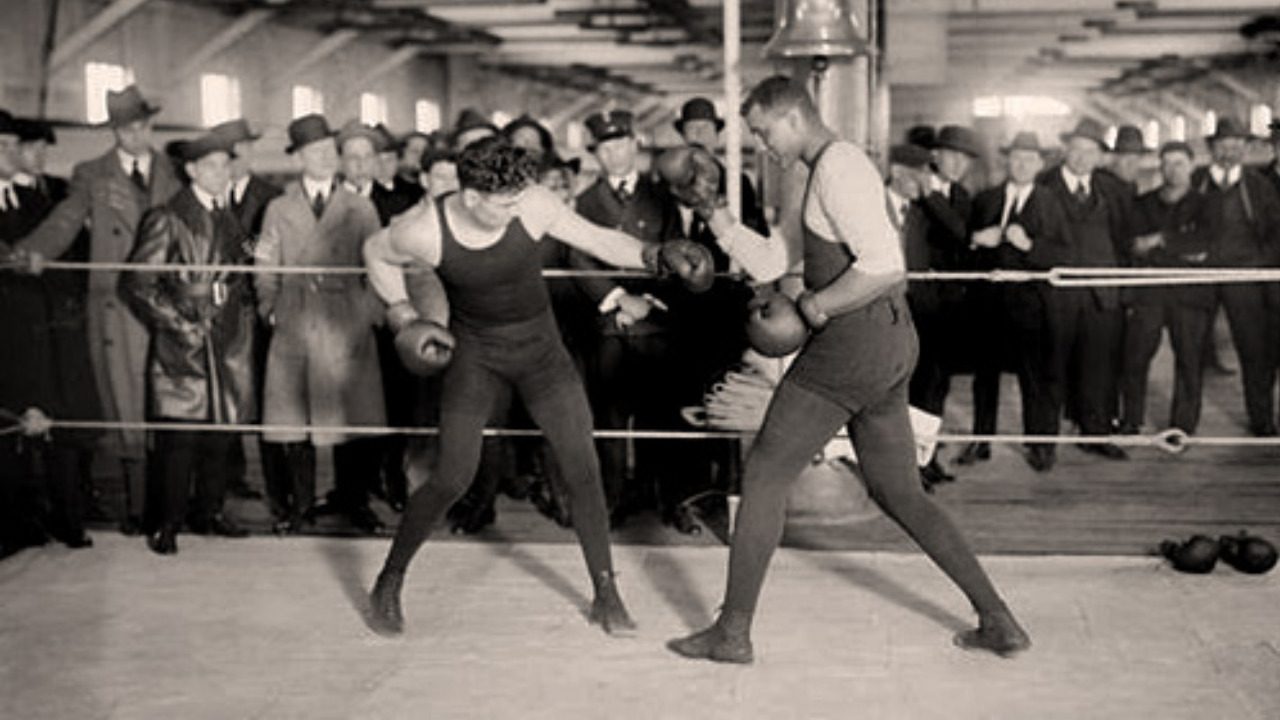The first time that I ever heard of the code The Marquess of Queensberry Rules was during a viewing of the John Wayne movie called A Quiet Man. The Marquess of Queensberry Rules, are a set of rules that were established in 1867 to govern professional boxing matches. In 1866 John Sholto Douglas was one of the founders of the Amateur Athletic Club (AAC), now the Amateur Athletic Association of England (AAA). The rules were named after Douglas, who was then the 9th Marquess of Queensberry.
Douglas was a strong advocate for reforming the sport. At the time there existed The London Prize Ring rules, a set of rules governing bareknuckle boxing. These rules were adopted in 1838 and revised in 1853. Before the introduction of the Marquess of Queensberry Rules, boxing matches were often brutal and lacked regulations, resulting in numerous injuries and fatalities. The rules were implemented to bring more structure and safety to the sport, while still preserving its competitive nature.
A Welsh sportsman by the name of John Graham Chambers drew up different rules, which emphasized boxing technique and skill, in order to draw up a better class of patrons to the AAC. The AAC was one of the first groups that did not require amateur athletes to belong to the upper-classes to compete. In 1867 the AAC published their set of twelve rules for conducting boxing matches. These rules are universally known as the “Queensberry Rules”.
At first, the new rules were scorned by professionals. Many considered them to be unmanly, therefore championship bouts continued to be fought under London Prize Ring rules. The introduction of the Marquess of Queensberry Rules had a significant impact on professional boxing, making the sport safer and more regulated. These rules laid the groundwork for modern boxing and have influenced the development of the sport worldwide.
- To be a fair stand-up boxing match in a 24-foot ring, or as near that size as practicable.
- No wrestling allowed.
- The rounds to be of three minutes’ duration, and one minute’s time between rounds.
- If either man falls through weakness or otherwise, he must get up unassisted, the boxer has 10 seconds to allow him to do so, the other man meanwhile to return to his corner, and when the fallen man is on his legs the round is to be resumed and continued until the three minutes have expired. If one man fails to come to the scratch in the 10 count allowed, it shall be in the power of the referee to give his award in favour of the other man.
- A man hanging on the ropes in a helpless state, with his toes off the ground, shall be considered down.
- No seconds or any other person to be allowed in the ring during the rounds.
- Should the contest be stopped by any unavoidable interference, the referee to name the time and place as soon as possible for finishing the contest; so that the match must be won and lost, unless the backers of both men agree to draw the stakes.
- The gloves to be fair-sized boxing gloves of the best quality and new.
- Should a glove burst, or come off, it must be replaced to the referee’s satisfaction.
- A man on one knee is considered down and if struck is entitled to the stakes.
- That no shoes or boots with spikes or sprigs (wire nails) be allowed.
- The contest in all other respects to be governed by revised London Prize Ring Rules.
SOURCE
https://www.britannica.com/sports/Marquess-of-Queensberry-rules
https://www.britannica.com/sports/London-Prize-Ring-rules
*The views and opinions expressed on this website are solely those of the original authors and contributors. These views and opinions do not necessarily represent those of Spotter Up Magazine, the administrative staff, and/or any/all contributors to this site.

